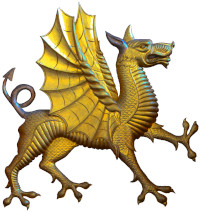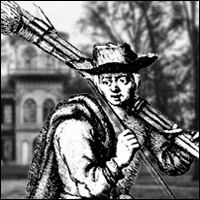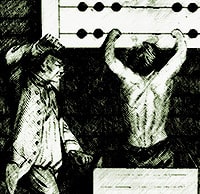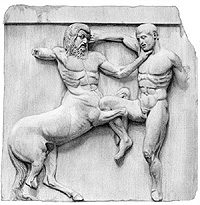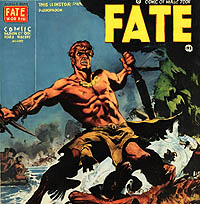1951, 79, Dutton, NY, 270 pages
Having recently received this book from S.S. Sam, I could not wait to read it and slid it in ahead of the 173 other books that have been donated to the dubious cause of expanding my mind’s eye and remain as yet unread. For, as a boy of 15, I had read a book on Vikings in America gotten from the Trinity High School library. The book had been written in the 1950s, and in later years I was unable to remember the title to search for it, as it had left a nagging question in my mind. A chapter into The Rediscover of Lost America, I realized that this was the book I had read as a boy, and now better understood the nagging doubts concerning the conventional 1492-plus history of North America.
If you have read 1421 by Gavin Menzies then you are aware of the Piri Reis map and the fact that the stewards of our world history know absolutely nothing about navigation and very little about reading a map from a mariner’s perspective. Like Gavin Menzies, Arlington Mallory was a navigator and similarly discusses this Turkish map, portions of which were filled in with the advice had from a Spanish slave [no, not a black dude, a white slave] that had been on Columbus’ crew. Not only does Mallory smash the landsman’s academic view of navigation, but he was an engineer with detailed, functional knowledge of iron smelting techniques.
Did you know that Celtic and Nordic type iron smelting hearths have been found all over Virginia and Ohio—that farmers were running into Iron slag with their plows when the first whites settled there? Although it is academic blasphemy, Mallory looks for the simplest answers, such as:
-the “white’ Indians that British and French explorers of the 16th century wrote about
- that the fact that the pretty Caucasian looking Iroquois lived in Norse style long houses—unlike other tribes
-and that these Native Americans used hundreds of Norse lone words and a few Nordic symbols in their iconography
Mallory does not stop there and spends much effort on excavations of massive stone fortifications in Ohio, which were reported to have had 400 year old trees sprouting from the rubble when the first whites discovered them in the early 1800s. I encourage you to read his book and will also write a separate review of Mary Roberts Harrison’s work on the alphabet soup of discarded lettering found in North America.
I would like to add a few thoughts of my own, not included in Mallory’s study:
Surviving period illustrations show Iroquois warriors wielding large battle axes, not the small European made tomahawks that the Algonquin peoples used so often.
The Iroquois peoples generally despised the Algonquin Tribes and referred to them derisively as “tree eaters” for their land management style, which did not include extensive storage of beans, squash and corn.
Supposedly, according to the authors of Holy Blood, Holy Grail, six Templar ships set sail from Spain or Portugal during the purge of the order in the early 1200s, never to be seen again.
James Alexander Thom wrote a novel about a Welsh Prince Madoc sailing a fleet into the Atlantic in the medieval warm period and postulated that through various migrations, rises and falls of Welsh settlements, that they became the Mandan Indians of the Missouri watershed.
I do believe that Arlington Mallory makes a solid case for the authenticity of the Kensignton Rune Stone, that has not been effectively refuted by the establishment academics that keep the gates of our collective lore, and assert among other things that: only blacks were enslaved in America, that only modern people commit genocides, that only civilized people wage war and that the daring giants of past European cultures, in possession of ocean-going ships, would never attempt and could never succeed in undertaking the kind of open Ocean voyages that Polynesian men did by canoe, with their wives and children on board.
A civilization whose top thinkers believe that laundry list of fantastical lies as its history deserves to fall and become nothing more than a future mystery for real thinkers to ponder.
He: Gilgamesh: Into the Face of Time



